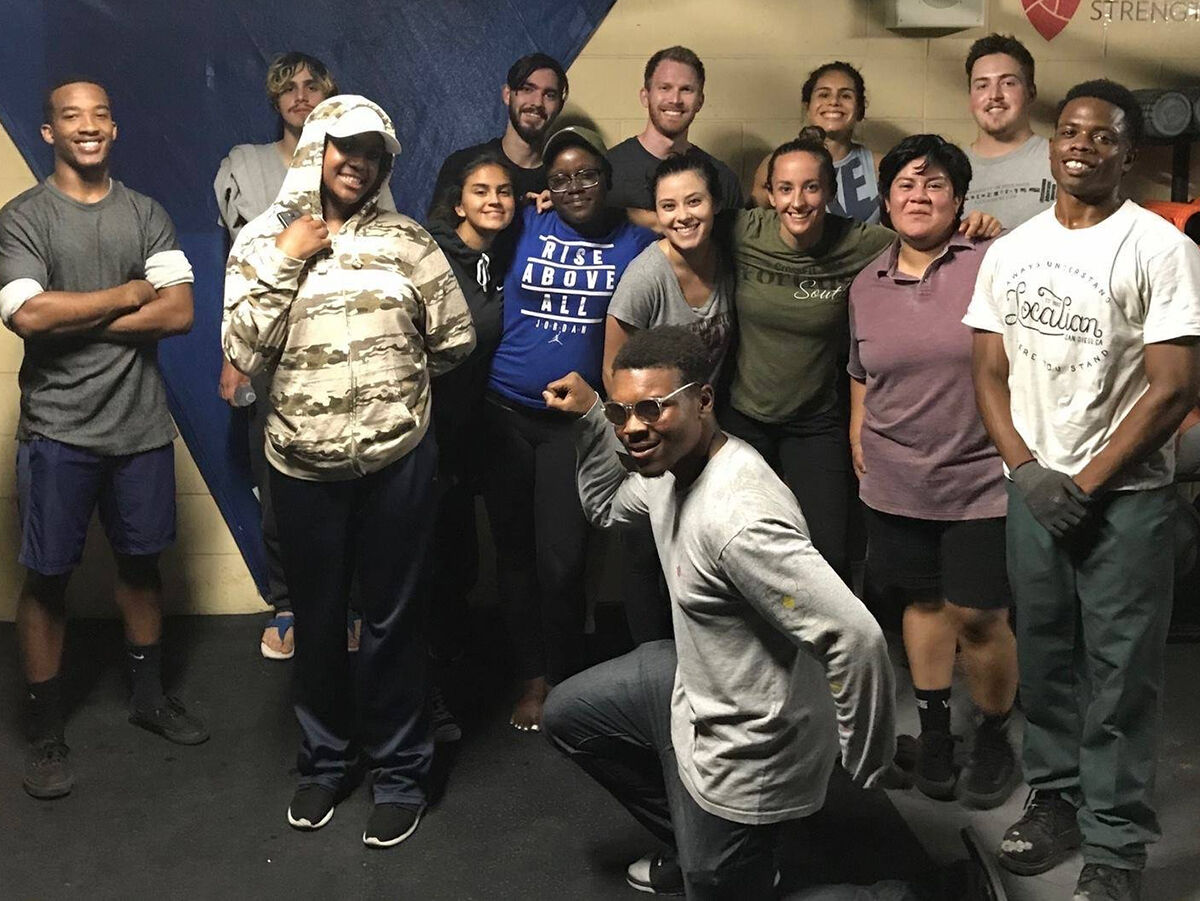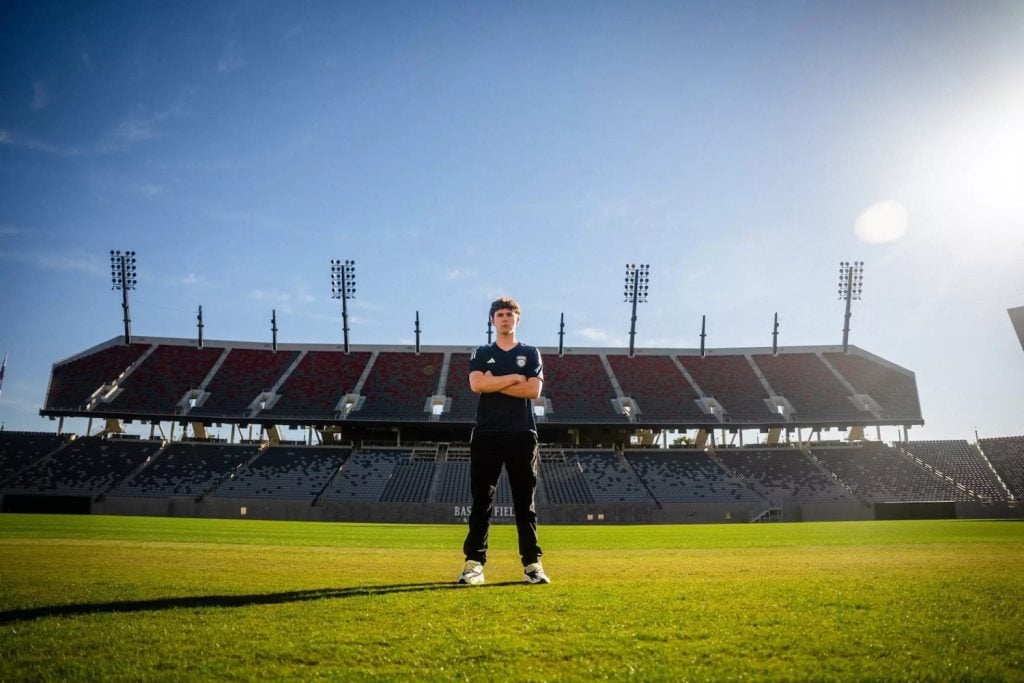Fifty percent of chronically homeless adults first became homeless when they were young. Though not as visible as unsheltered veterans, adults, or families, youth under age 24 make up the largest subset of San Diego’s homeless population. As one service provider, Urban Street Angels, put it, “We must help our homeless youth while the cement is still wet.”
The 2020 Regional Task Force for the Homeless Point in Time Count found 525 total unsheltered youth, which is 12 percent of the total unsheltered population and the largest subpopulation of the homeless. Given that the Point in Time Count is a one-day snapshot and widely thought to under-represent the day-to-day reality, the number of youth experiencing homelessness annually is likely far greater. Even more troubling, data from the San Diego Community College District—which at over 60,000 students is one of San Diego’s largest educators—shows that 18 percent of its students experience homelessness.
Transition-age youth (under age 24) living without shelter find themselves in this predicament for any number of reasons, including family hardship and drug addiction. A large number of homeless youth have also aged out of the protection of social services, such as foster care. We must take swift action to get San Diegans off the streets and safely sheltered with appropriate services. And we must start with the largest subset of the homeless population: our youth. There is a readily available solution for doing so, provided our elected leaders do the right and humane thing: open vacant government buildings to provide shelter and services. The city and county governments can and should use empty public-owned buildings to shelter these kids—and we are not the only ones who believe this.
A recent poll of registered San Diego voters commissioned by the Lucky Duck Foundation and conducted by Competitive Edge Research found that well over 80 percent believe city and county government should play a major role in addressing homelessness; a resounding 84 percent believe that vacant government-owned buildings should be used as shelter for the homeless, and a majority of those polled believe homelessness is the most important issue facing San Diego. Given this data, the message is clear: San Diegans want to see the homeless crisis addressed immediately, using resources that are readily available.
For example, the former Chargers training facility, the old Central Library, and the old Mission Hills Library have been sitting empty for years, and there are others. We believe that all of these properties should be considered for sheltering our region’s homeless during this crisis.
We owe it to Lala, who at age 18 came to social services for help after experiencing homelessness on and off for six years. We owe it to Anthony, who, living with cerebral palsy at age 24, went to social services after sleeping on the steps of a nearby church. We owe it to Lorenzo, who was dealing with depression and had short-term memory loss as a result of seizures. Theirs are just a few of the hundreds of young lives at risk on our streets.
We have been working with a larger group of civic and business leaders for years trying to help solve the problem of homelessness. And we’re not sitting in a boardroom looking out through the glass. We are on the street; we are visiting the shelters; we’re working with social service providers. Something must be done now.
Singer-songwriter Jewel had her first big break while living in her car and playing venues around San Diego. “I developed a loyal following,” she wrote on her website. “No one knew I was homeless.” As a community, we can do better. Please join with us in urging elected officials to act now by using vacant government-owned buildings to help San Diego’s youth get on the path to a brighter future.
Peter Seidler is the general partner of and lead investor in the San Diego Padres. Dan Shea is a partner in Paradigm Investment Group. Both are members of the Tuesday Group, a coalition of local leaders focused on helping the homeless.

Opinion / Homelessness
Courtesy of Urban Street Angels
















